A Barber’s Real-Talk Guide to a Haircut That Actually Works for You
After more years than I can count behind a barber’s chair, I’ve seen just about everything. Guys plop down, pull out their phone with a picture of some celebrity, and say, “Give me this.” Nine times out of ten, the guy in the photo has a totally different hair type, head shape, and daily routine than the man in my chair. A haircut isn’t just about copying a picture; it’s about crafting a style that balances what you want with what your hair can actually do.
In this article
- First Things First: Getting a Handle on Your Face Shape
- The Real Secret: Understanding Your Hair’s Personality
- Heads Up: What If I’m Losing My Hair?
- Putting It All Together: Pro Techniques for Your Cut
- How to Actually Talk to Your Barber
- Products and Keeping the Look Fresh
- A Final Word on Trust and Safety
- Inspiration Gallery
You’ve probably seen those articles online telling you to measure your jaw and forehead to find your face shape. And look, that’s not a terrible place to start, but it’s only one small piece of a much bigger puzzle. Honestly, a truly great haircut comes from understanding three things all at once: your face shape, your hair’s unique personality, and your lifestyle. A good cut shouldn’t fight these things—it should work with them. This is the stuff I’ve picked up from thousands of haircuts and countless real conversations in the shop.
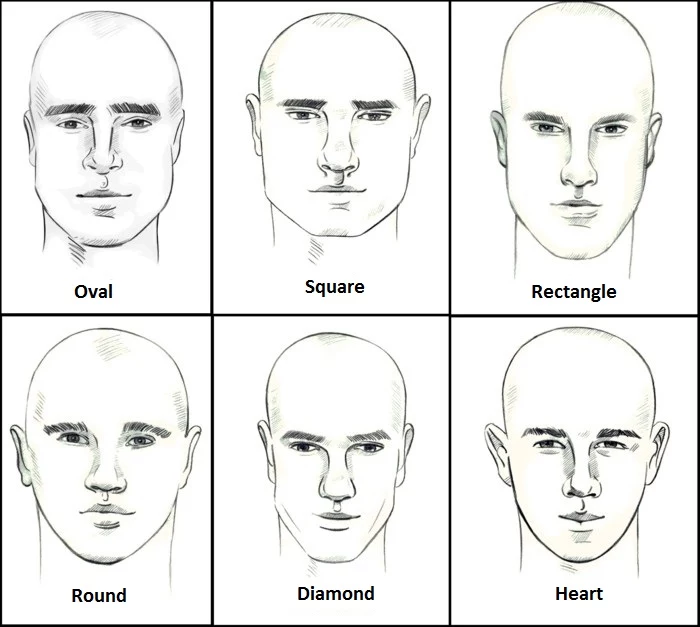
First Things First: Getting a Handle on Your Face Shape
Before we even think about touching the clippers, let’s look at the canvas. Your face shape gives us the basic outline to work with. The goal isn’t to cram you into a category, but to use the haircut to create balance and play up your best features.
Forget the measuring tape. Seriously. Here’s a better way: stand in front of a mirror with a dry-erase marker. Now, trace the outline of your face directly onto the mirror. It feels a little silly, but it’s a foolproof way to see the true shape you’re working with. What’s the widest part? Is your jaw sharp or soft?
The Common Face Shapes (Don’t Stress, We’re All a Mix)
Most of us fall into one of these general buckets. It’s totally normal to be a combination of two, so just look for the dominant shape.
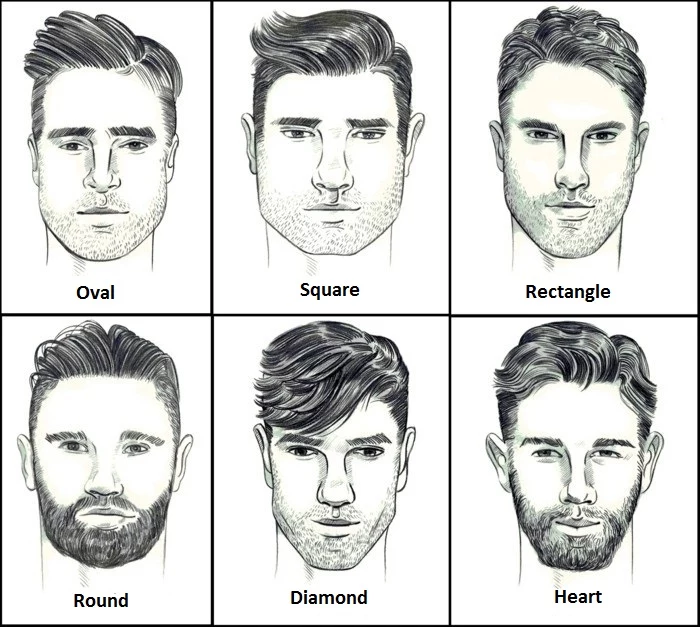
- Oval: A bit longer than it is wide, with a jaw that’s slightly narrower than the forehead. This is often called the most versatile shape because it’s naturally balanced. Lucky you.
- Square: Got a strong, defined jawline? Are your forehead, cheekbones, and jaw all about the same width? That’s a square shape. We can either soften these angles or lean into them for a really strong, classic look.
- Round: The face is pretty much as wide as it is long, with soft, curved lines. With a round face, the game plan is all about creating angles and height to add some definition.
- Rectangle (or Oblong): This is a longer face shape where the forehead, cheeks, and jaw are similar in width. The key here is to avoid styles that add even more height. We want to build a little width.
- Diamond: The cheekbones are the widest point, with a narrower forehead and jaw. It’s a less common shape, and the haircut needs to add some fullness to the top and bottom to balance those killer cheekbones.
- Heart: A wider forehead that tapers down to a narrower, sometimes pointed chin. The goal is to add some volume around the lower part of the face while keeping the top from looking too wide.
- Triangle: The opposite of the heart shape. The jawline is the widest part of the face. Here, we need to add volume and width up top to balance out that strong jaw.
But just knowing your shape is step one. If you ignore the hair itself, you’re just setting yourself up for a daily battle with your own head.
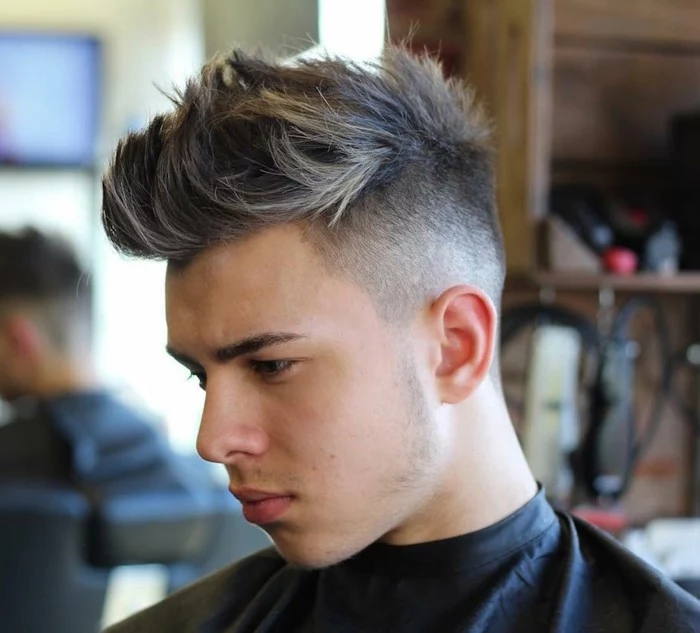
The Real Secret: Understanding Your Hair’s Personality
Hair is so much more than just… hair. It has its own texture, its own density, and believe me, it has a mind of its own. I could give two guys with the exact same face shape the exact same cut, and it would look completely different on each of them. This is where a barber’s hands-on experience really comes into play.
Hair Density: Is It Fine, Medium, or Coarse?
Density is all about how many individual strands you have packed onto your scalp. You can have fine hair that’s super dense, or coarse hair that’s on the thinner side.
- Fine Hair: The strands themselves are thin. It sometimes struggles to hold volume and can get oily pretty fast. Blunt cuts can help it look thicker. A common mistake I see is over-texturizing it, which just makes the ends look weak and wispy.
- Medium Hair: This is the sweet spot. The strands aren’t too fine or too thick. It holds styles well and is generally the most forgiving and versatile type to work with.
- Coarse Hair: Each strand is thick and strong. This hair has natural volume, which is great, but it can also be stubborn and resistant to styling. The trick here is often to texturize it with shears to remove some weight so it lays right.
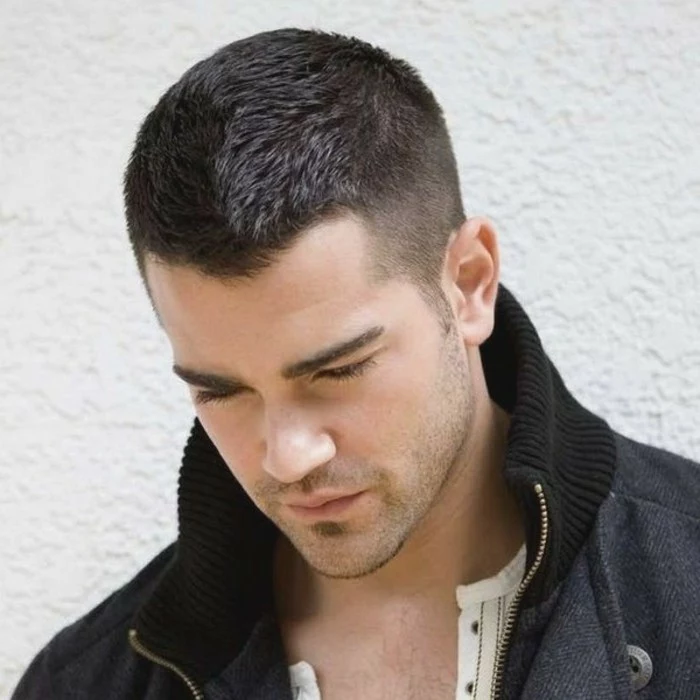
Hair Texture: Straight, Wavy, or Curly
This just describes the natural shape of your hair.
- Straight Hair: Grows straight out without any bend. It’s great for sharp, clean styles like a classic side part. The downside? It can lack volume and will show every single mistake in the cut.
- Wavy Hair: Has a natural ‘S’ shape to it. It’s got more body than straight hair but can get frizzy, especially when it’s humid. Wavy hair is absolutely perfect for those popular messy, textured looks that are so in right now.
- Curly & Coily Hair: This hair forms distinct curls or tight coils. The number one rule here is to work with the curl pattern, not against it. A good barber will often cut curly hair when it’s dry, or at least mostly dry, to see how the curls actually fall. This prevents that dreaded moment when it dries and shrinks up way shorter than you wanted.
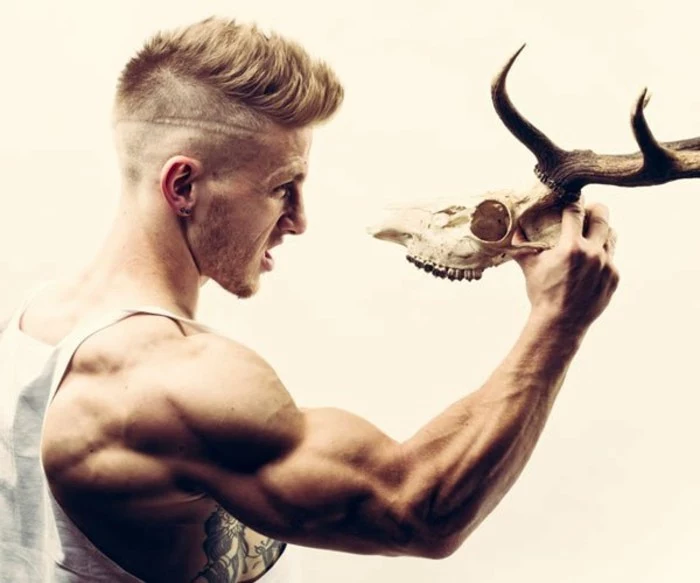
Growth Patterns: Those Stubborn Cowlicks and Whorls
Ah, the cowlick. That one spot where your hair insists on growing in a spiral. You can’t fight a cowlick and win. You either have to cut the hair short enough that the cowlick can’t pop up, or leave enough length and weight on it to hold it down. This is something you learn from feel, not a book.
Heads Up: What If I’m Losing My Hair?
Okay, let’s talk about the elephant in the room. For a lot of guys, thinning hair or a receding hairline is a reality. Don’t sweat it—the right cut can make a world of difference. Trying to hide it with a comb-over is not the move. Ever.
Instead, here are a few solid strategies:
- Embrace the Buzz Cut: Honestly, a short, intentional buzz cut looks confident and clean. It’s a classic for a reason. It takes all the guesswork out of styling and says you’re owning it.
- The High and Tight for a Receding Hairline: By keeping the sides super short (even faded down to the skin), you make the hair on top look more deliberate and fuller by comparison. It draws the eye away from the temples.
- Textured Crop for Thinning on Top: If your hair is thinning at the crown, a slightly longer, messy, textured crop can work wonders. By cutting in layers and using a bit of matte styling clay, you can create the illusion of more volume and thickness.
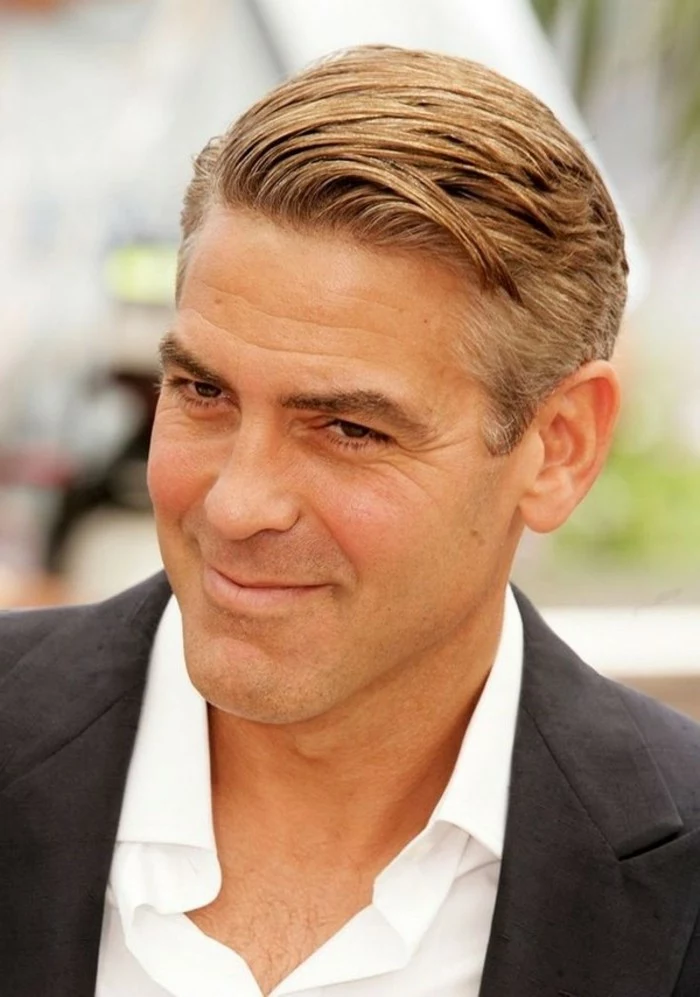
Putting It All Together: Pro Techniques for Your Cut
Now for the fun part. Here’s how a pro thinks about matching the cut to the person in the chair.
For the Oval Face
You can pull off almost anything. A classic scissor-cut side part is timeless. For something more modern, a textured quiff with the sides not taken too short is a great look. Just make sure the style matches your hair type—don’t try for a super-tall pompadour with fine hair.
Pro Tip for Beards: Since your face is already balanced, you can play with different beard styles. Just keep it groomed so it complements the cut, rather than overwhelming it.
For the Square Face
To really lean into that strong jawline, a high and tight fade is incredibly effective. The lines are kept sharp and clean. But if you want to soften the angles, a longer, slightly wavier style using mostly scissors works great.
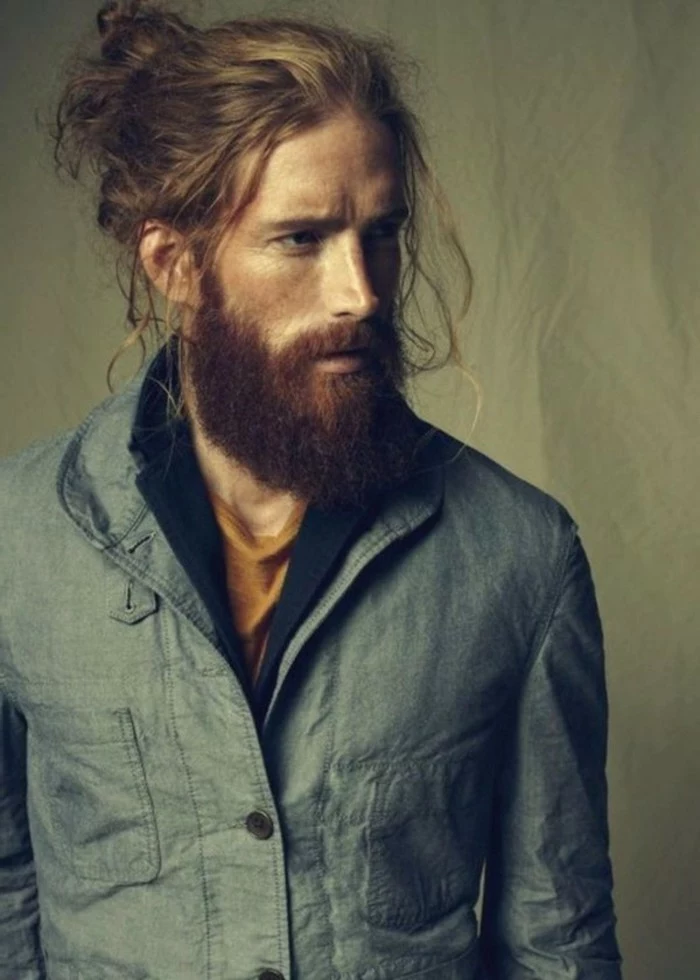
Pro Tip for Beards: A shorter, well-groomed beard can soften the jawline without completely hiding that strong feature. Think well-maintained stubble or a short boxed beard.
Good to know on cost: A standard scissor cut might run you $30-$45. But for a detailed skin fade that requires more time and skill? Expect to pay more, maybe in the $50-$80 range, especially from a seasoned barber. You’re paying for their expertise.
For the Round Face
The goal is height on top and tight sides. We’re essentially building a square shape with the hair. A pompadour or a faux hawk is perfect. We take the sides down short with clippers to keep them flat and create a strong contrast with the volume on top.
Pro Tip for Beards: A well-shaped beard, like a goatee or a squared-off full beard, can create angles and make your jawline appear more defined.
For the Rectangle Face
A flat top or a sky-high pompadour is your enemy here. Styles with a bit of a fringe (bangs) are great because they reduce the visible length of the face. A side part where the sides aren’t cut too short also helps create an illusion of width.
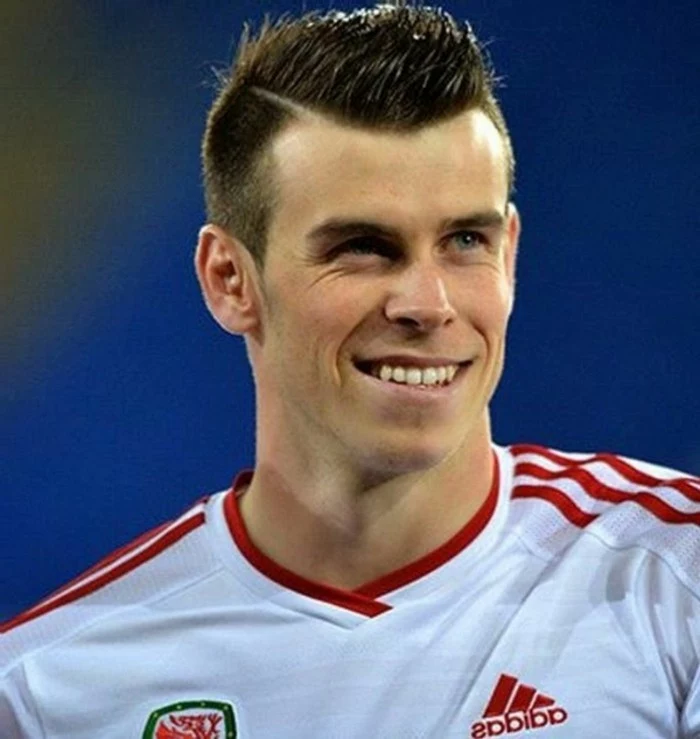
Pro Tip for Beards: Avoid long, pointy beards which will only elongate your face more. A wider, fuller beard or even just some strong stubble on the sides can add that needed width.
For the Diamond Face
We want to soften those wide cheekbones. I’d avoid a super high fade, which can make them look even more prominent. A textured crop or a medium-length cut that allows some hair to fall over the cheekbone area is ideal.
Pro Tip for Beards: A beard is your best friend here! It can add some much-needed width and bulk to your narrower chin, creating a more balanced overall look.
For the Heart Face
Medium-length and longer styles are your go-to. A side-swept fringe can break up the width of the forehead, and keeping some length around the jawline adds bulk where you need it most.
Pro Tip for Beards: A full, bottom-heavy beard is a fantastic way to build a stronger-looking jawline and balance the proportions of your face perfectly.
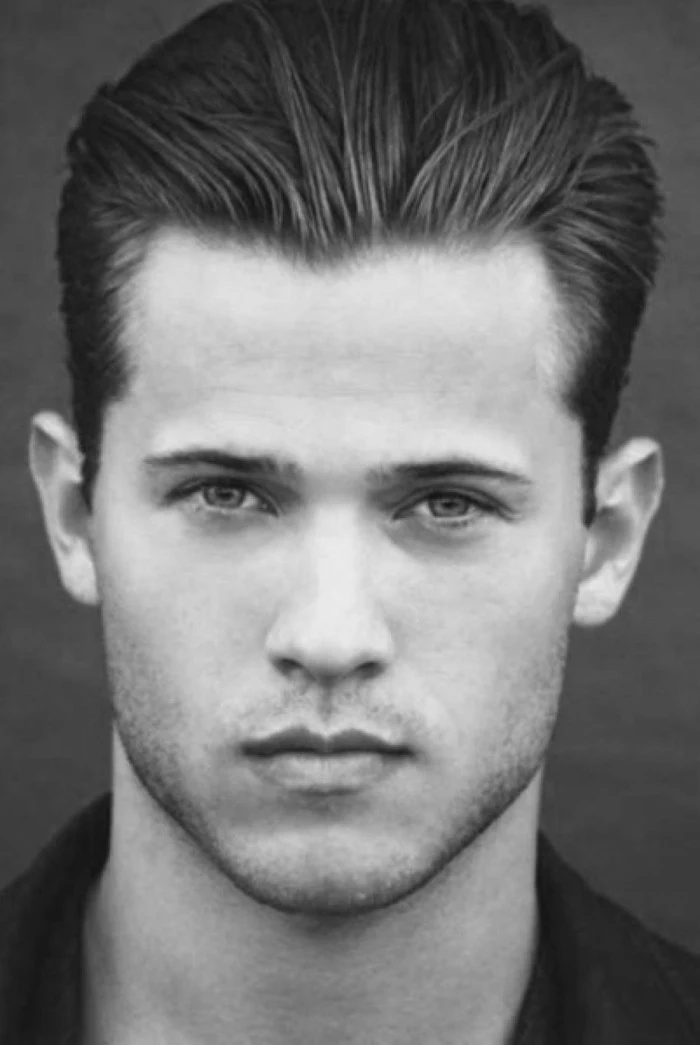
For the Triangle Face
This is the opposite of the heart shape. We want volume up top! A quiff with plenty of texture, a messy crop, or even a pompadour are all great choices. We focus on building a fuller shape on top to balance the wider jaw.
Pro Tip for Beards: A beard can sometimes over-emphasize a wide jaw. Stick to well-trimmed stubble or a very short beard to avoid adding more bulk to the bottom half of your face.
How to Actually Talk to Your Barber
The best haircut is a team effort. You don’t need to know all the lingo, but a good consultation is key. Never, ever just sit down and say, “Do whatever,” unless you’ve been seeing that barber for ages.
Bring photos, but be realistic. Tell your barber what you like about the photo. Is it the messy texture? The clean fade? The length on top? A good barber uses a photo for inspiration, then adapts it to you.
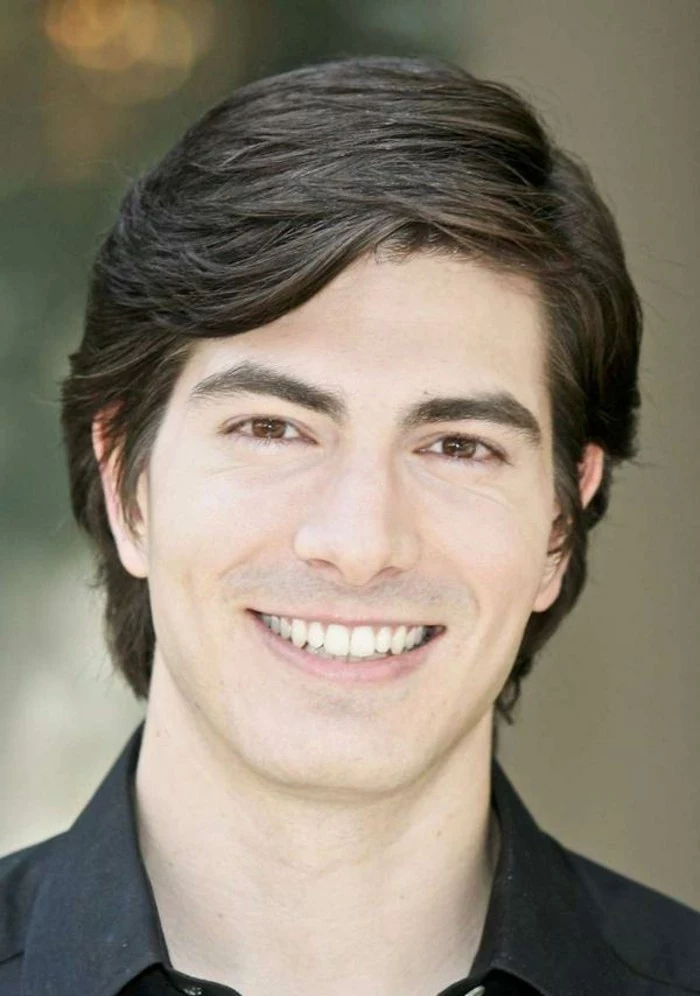
And please, talk about your lifestyle. Are you willing to spend 10 minutes styling your hair every morning, or zero? A high-maintenance cut is a terrible choice for a low-maintenance guy. Be honest!
Products and Keeping the Look Fresh
A great cut is only half the battle. You have to live with it. The right product, which you can find at most drugstores or online for between $15 and $30, is what makes the style happen at home.
Your Product Cheat Sheet
- Pomade: This is your go-to for slick, shiny, classic styles like a side part. Water-based ones wash out easily, while oil-based ones have a stronger hold but can be tougher to get out.
- Clay: Perfect for modern, textured looks with a matte (no shine) finish. Clay adds thickness and has a strong hold. If you want that messy-on-purpose style, this is what you need.
- Cream: Offers a light, natural-looking hold. This is for guys who want to control frizz and add a little polish without it looking like there’s any product in their hair at all.
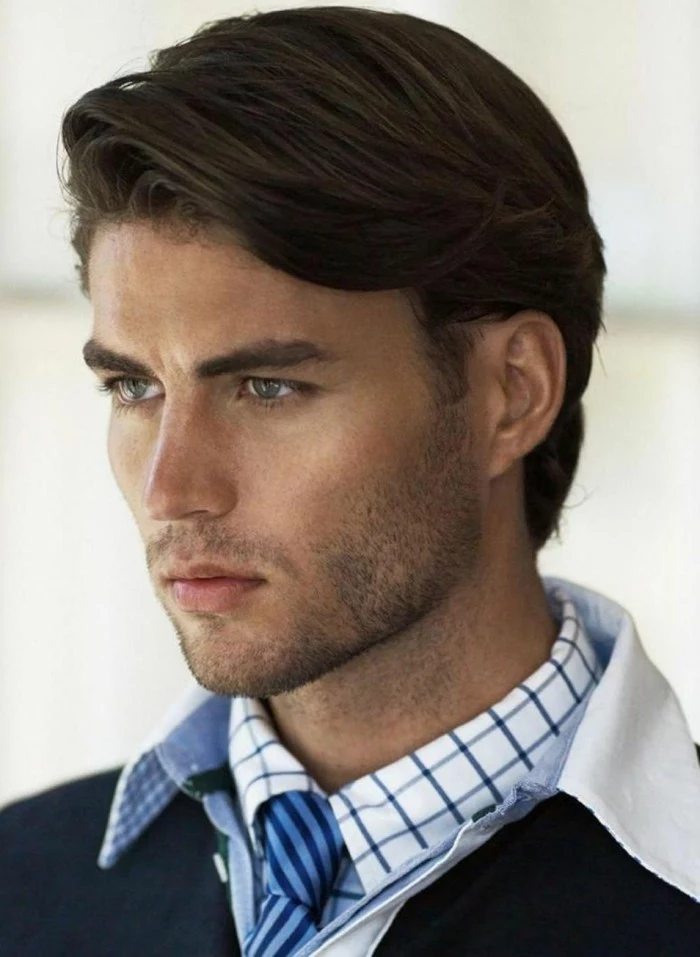
How to Actually Use Hair Clay (A Mini-Tutorial)
So many guys get this wrong. Here’s how to do it right:
- Start with completely dry hair. Seriously, bone-dry.
- Scoop out a small, dime-sized amount.
- Rub it between your palms until it gets warm and practically disappears. This is the most important step!
- Work it through your hair from the back to the front, making sure you get it down to the roots. This builds volume from the base.
- Now, shape your hair into the style you want.
Rookie Mistake Alert: Using way, way too much product. You can always add more, but you can’t take it away without starting over. Start small!
A Final Word on Trust and Safety
Finding a good barber is like finding a good mechanic—it’s all about trust. When you walk into a shop, take a look around. Are the tools clean? Do you see combs soaking in that blue disinfectant? Is the station tidy? These aren’t just for show; they’re about your health and safety.
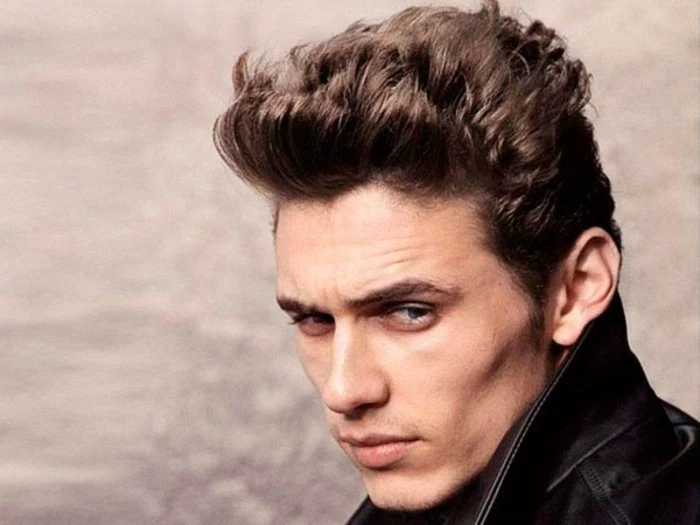
A skilled pro knows how to prevent clipper burn, how to handle a straight razor without irritating your skin, and to ask about sensitivities. This guide gives you a ton of info, but it can’t replace a real conversation with a barber who can see your head shape, feel your hair, and get what you’re going for.
Don’t be afraid to ask questions. The whole point is for you to walk out of the shop feeling better and more confident than when you walked in. A good haircut has that power. It’s an investment in yourself, and it’s a privilege to be part of that.
Inspiration Gallery
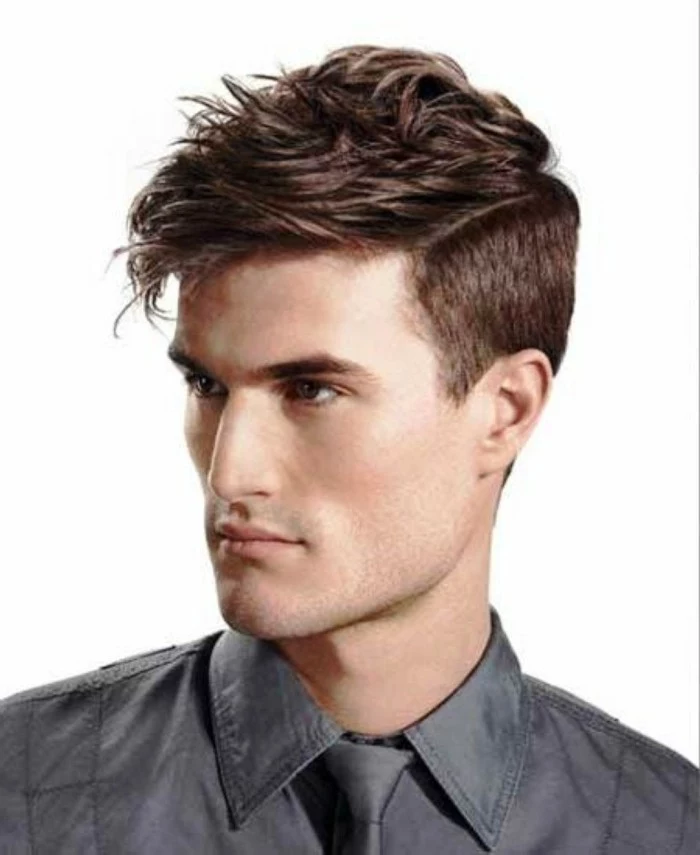
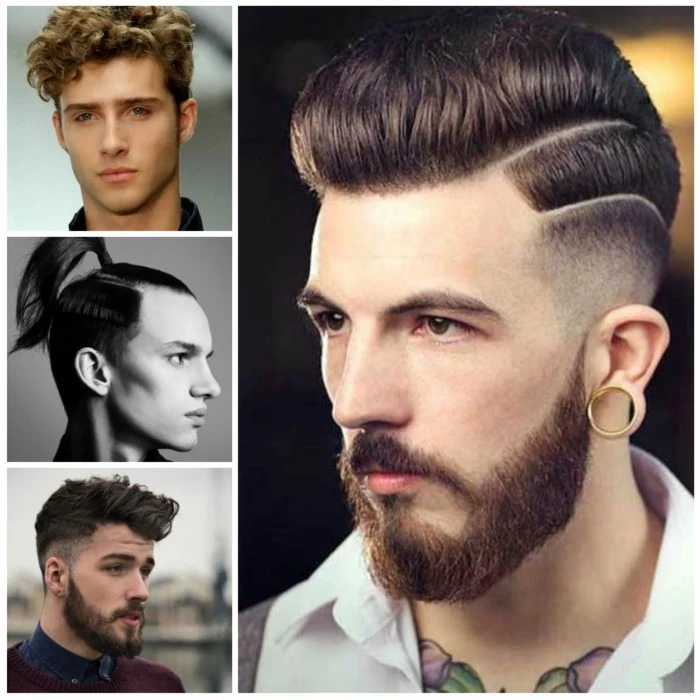
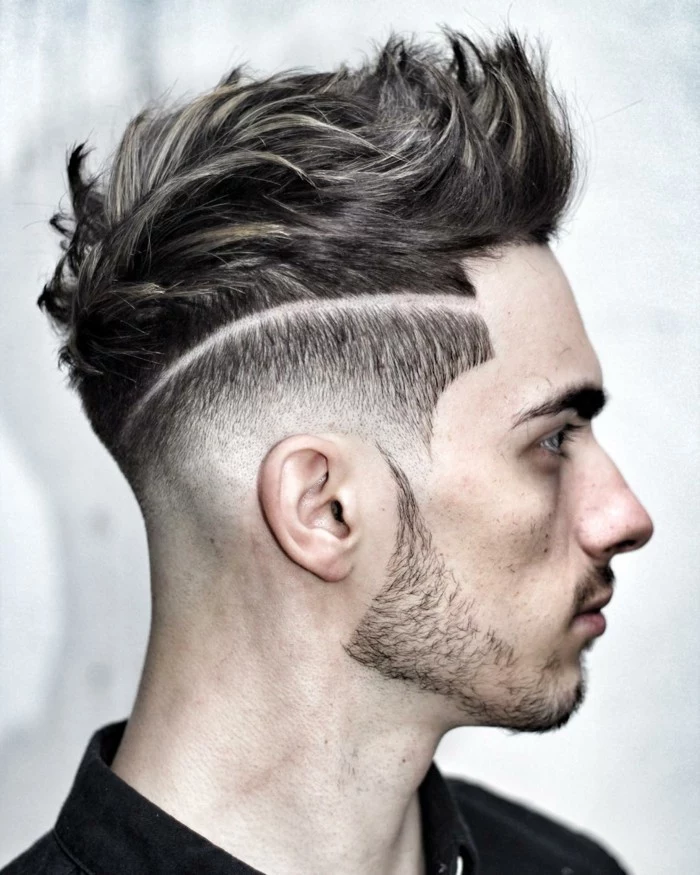
Matte Clay: Your go-to for texture and a natural, no-shine finish. Perfect for messy, voluminous styles. Think Hanz de Fuko’s Quicksand or Baxter of California’s Clay Pomade.
Shine Pomade: Delivers that classic, slick, high-gloss look. Ideal for pompadours and sharp side parts. Layrite’s Superhold is a barbershop staple for a reason.
Choose based on the finish you want, not just the hold.

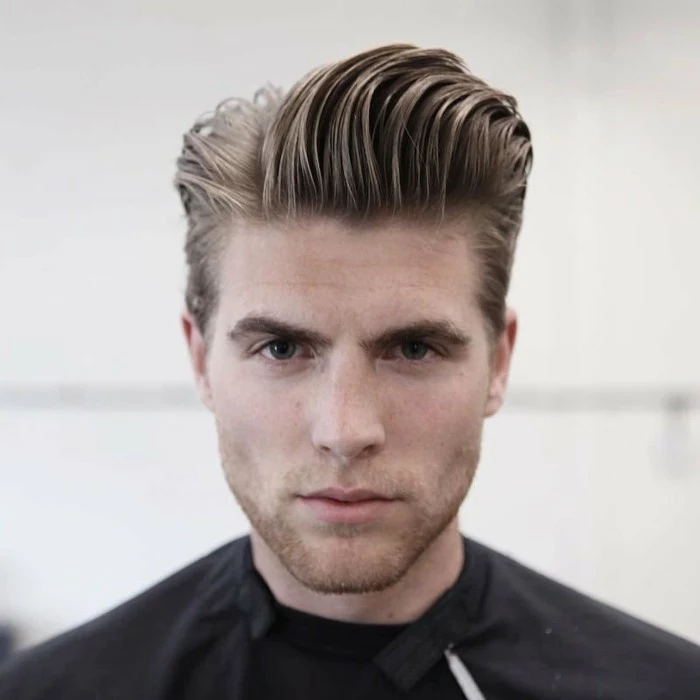
The average man’s hair grows about half an inch per month.
What does this mean for your haircut? A sharp fade might look perfect for two weeks, but will lose its clean lines by week three. If you can’t commit to bi-weekly or tri-weekly appointments, ask your barber for a softer taper that grows out more gracefully.



Thinking of going blonde or adding highlights like you see in the gallery?
It’s a bold move that can seriously update your look, but be prepared for the upkeep. Bleached hair requires specialized purple shampoos to avoid brassiness (like those from Olaplex or Redken for Men) and deep conditioning treatments to prevent dryness and breakage. It’s a commitment in both time and budget.

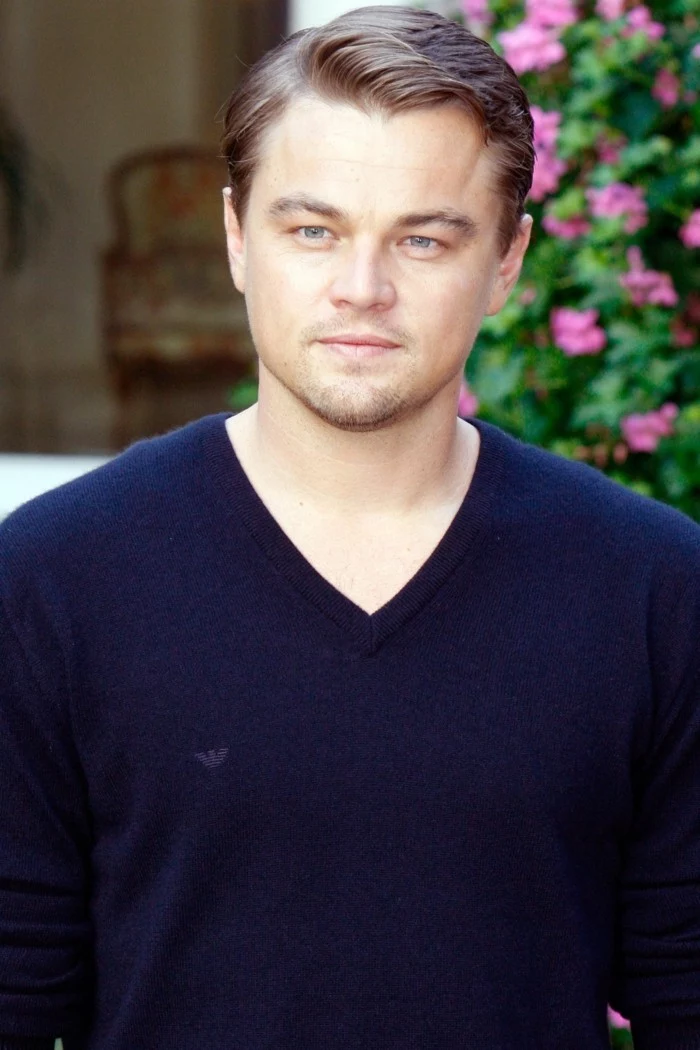
- Adds volume and grit before you even start styling.
- Protects your hair from the heat of a blow dryer.
- Makes your final styling product work more effectively.
The secret? A pre-styling spray. A few spritzes of a sea salt spray or a grooming tonic on damp hair can completely change your styling game, giving your hair the foundation it needs to hold a shape all day.

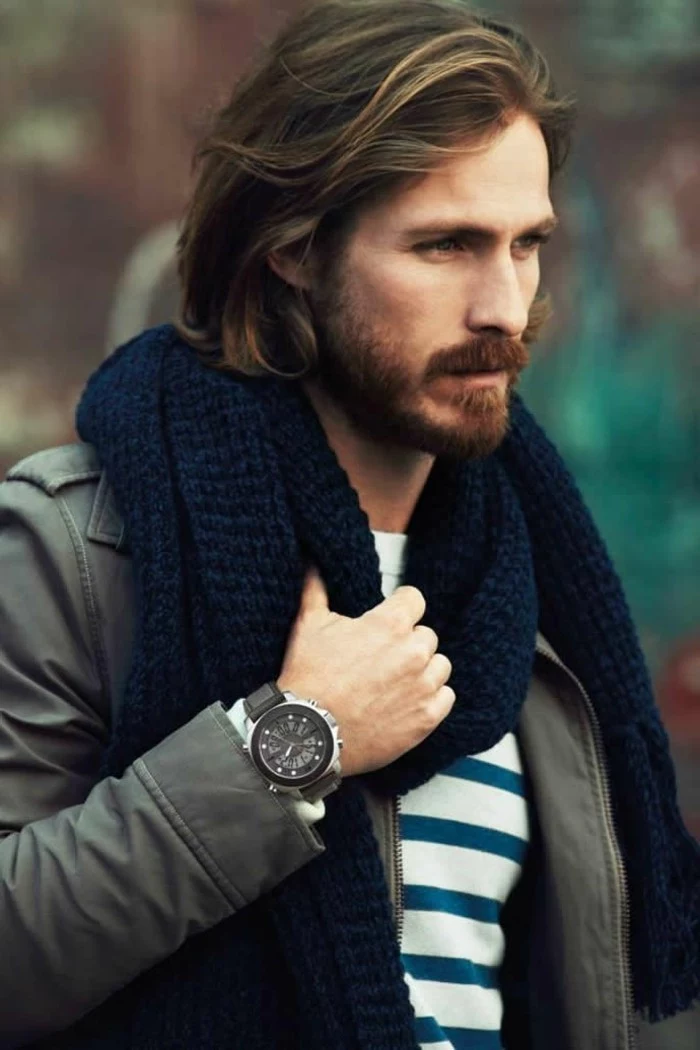
A key detail to discuss with your barber: the neckline. Do you want it tapered, rounded, or squared (blocked)? A tapered neckline follows your natural hairline and grows out the cleanest. A blocked or rounded finish offers a sharper, more defined look initially but can appear untidy more quickly as it grows out. A small detail with a big impact on maintenance.
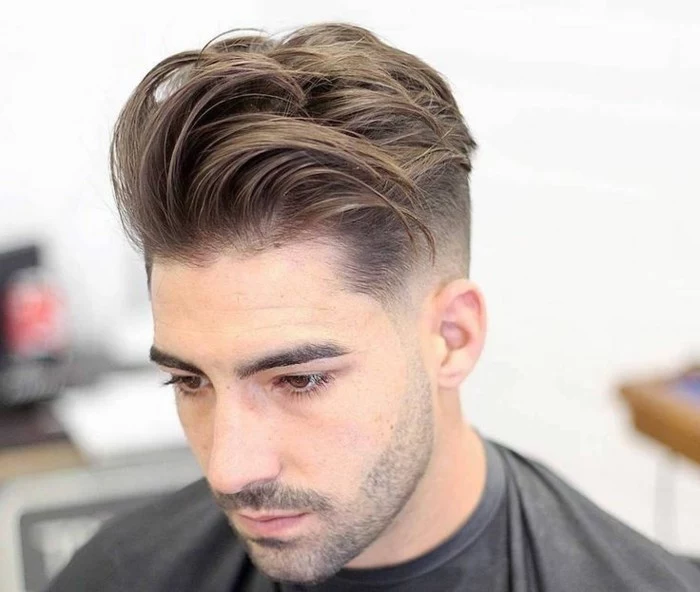

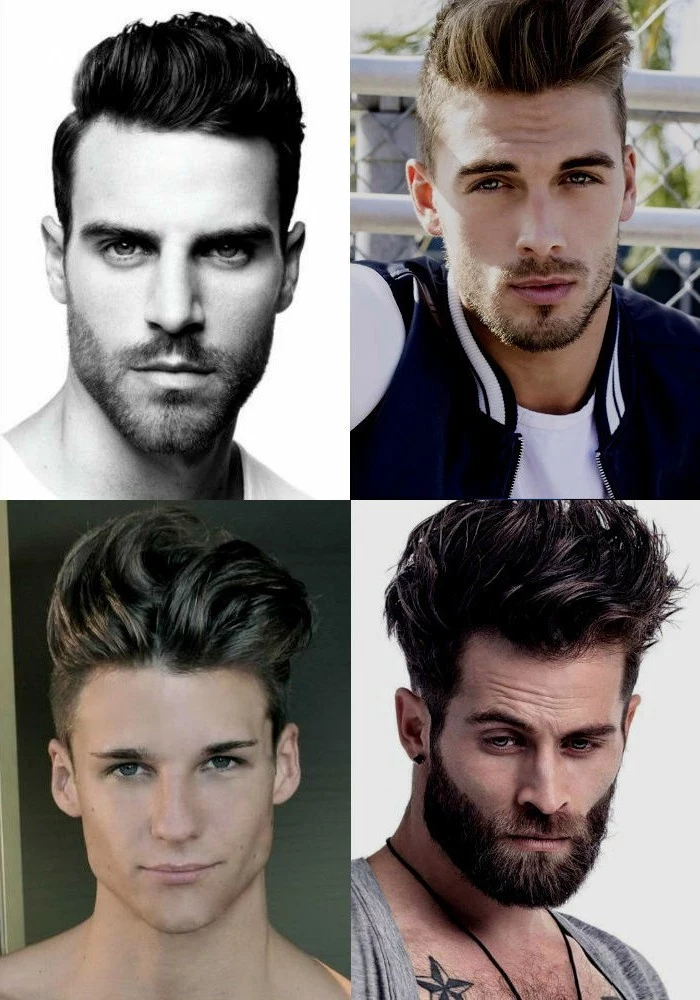
Don’t underestimate the power of a good shampoo and conditioner. Over-washing, especially with harsh sulfates, can strip your hair of natural oils, leading to frizz and a dry scalp. Look for quality products and consider washing every other day. Your hair’s health is the true foundation of any great style.

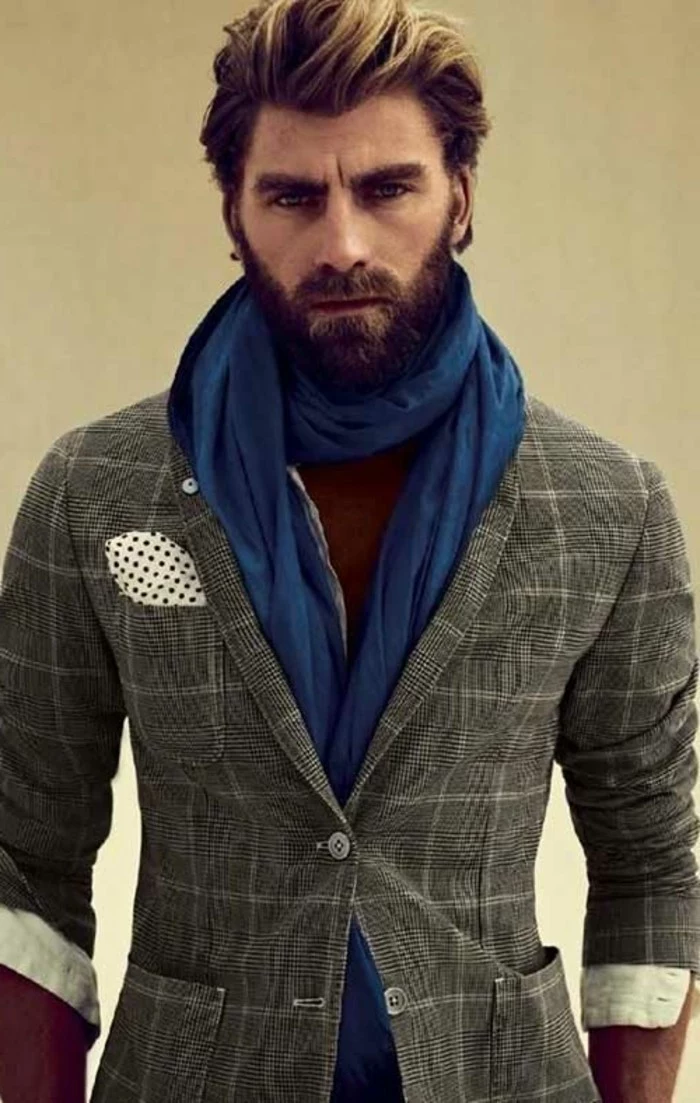
Your barber starts grabbing the clippers, but you wanted a softer, more textured look. What do you say? Ask for a ‘scissor-over-comb’ cut on the sides and back. This classic barbering technique allows for more customization and blending than a simple clipper guard, resulting in a cut that’s tailored precisely to your head shape and grows out more naturally.
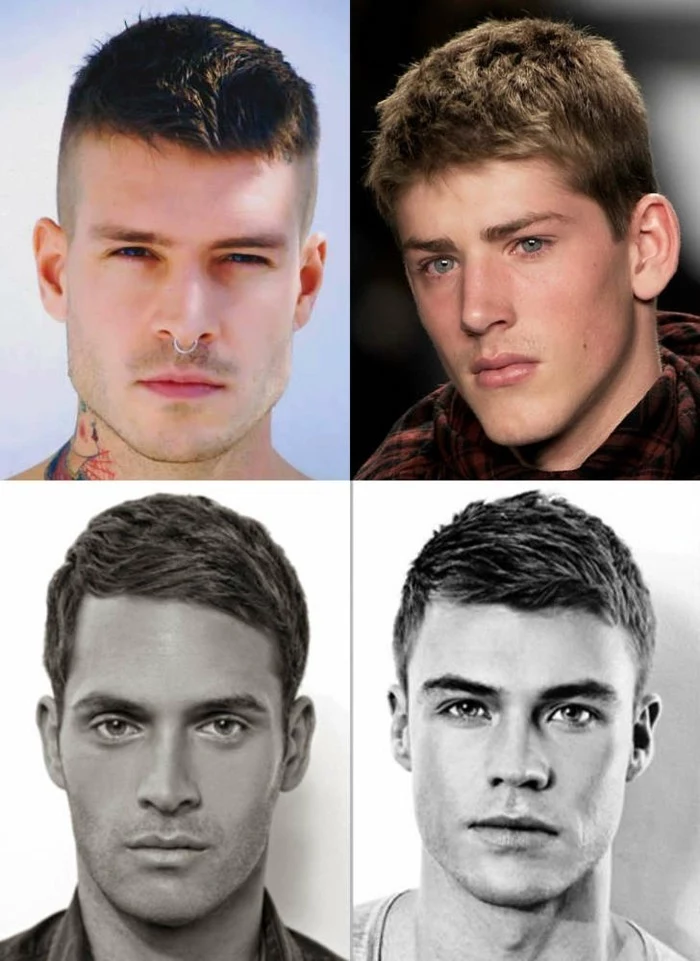

The biggest rookie mistake: applying product to bone-dry hair. For most pomades, clays, and creams, a slightly damp canvas is best. Emulsify a dime-sized amount of product thoroughly in your palms until it’s warm and transparent, then apply from the roots outward. This ensures even distribution and prevents those dreaded greasy clumps.
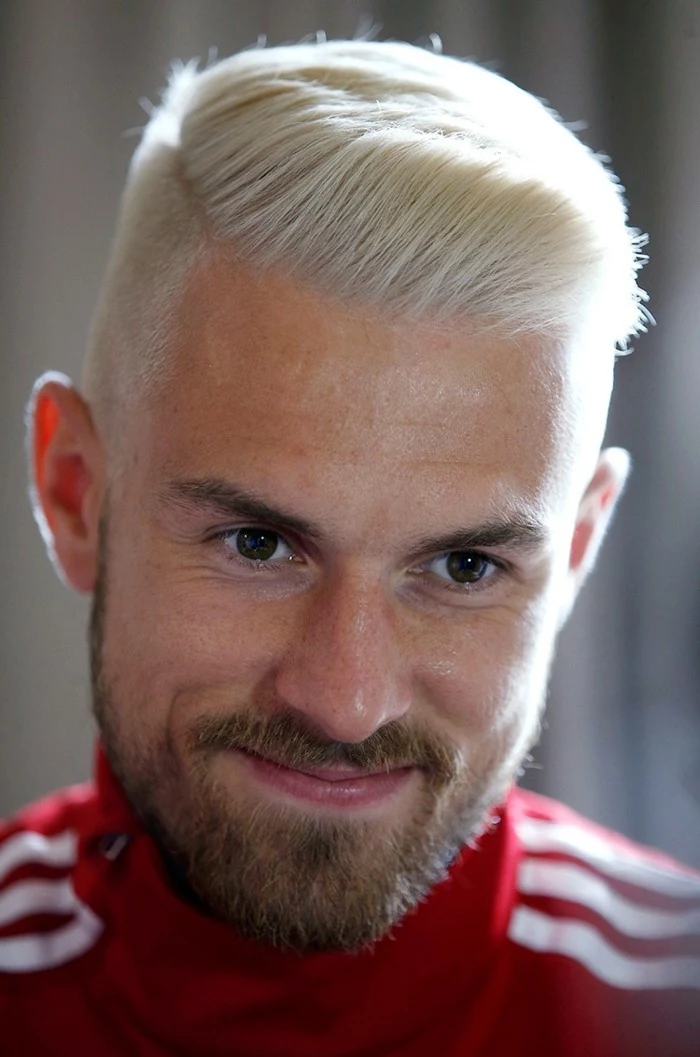

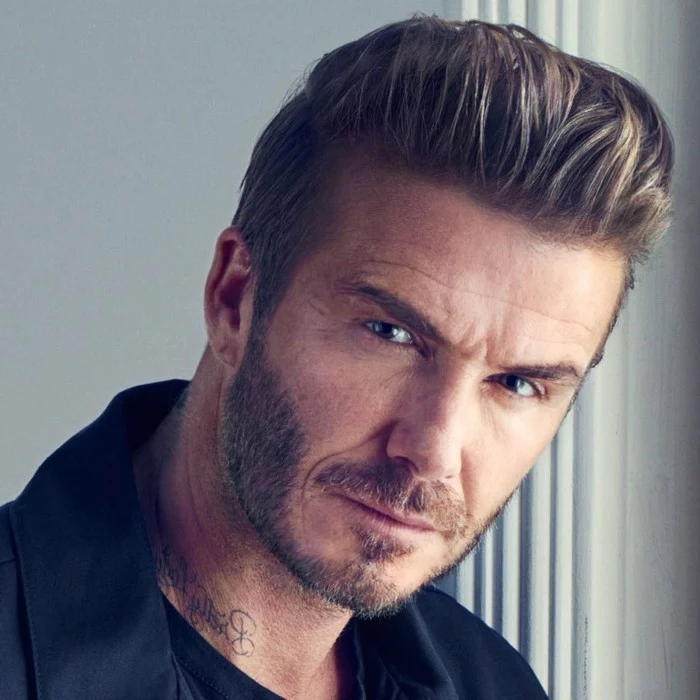
That cowlick that makes your hair stick straight up? Don’t fight it—work with it. A skilled barber won’t try to flatten it into submission. Instead, they’ll adjust the cut’s direction or leave a little extra weight in that area to help it lie naturally. Point it out at the beginning of your appointment; your barber will see it as a challenge, not a problem.
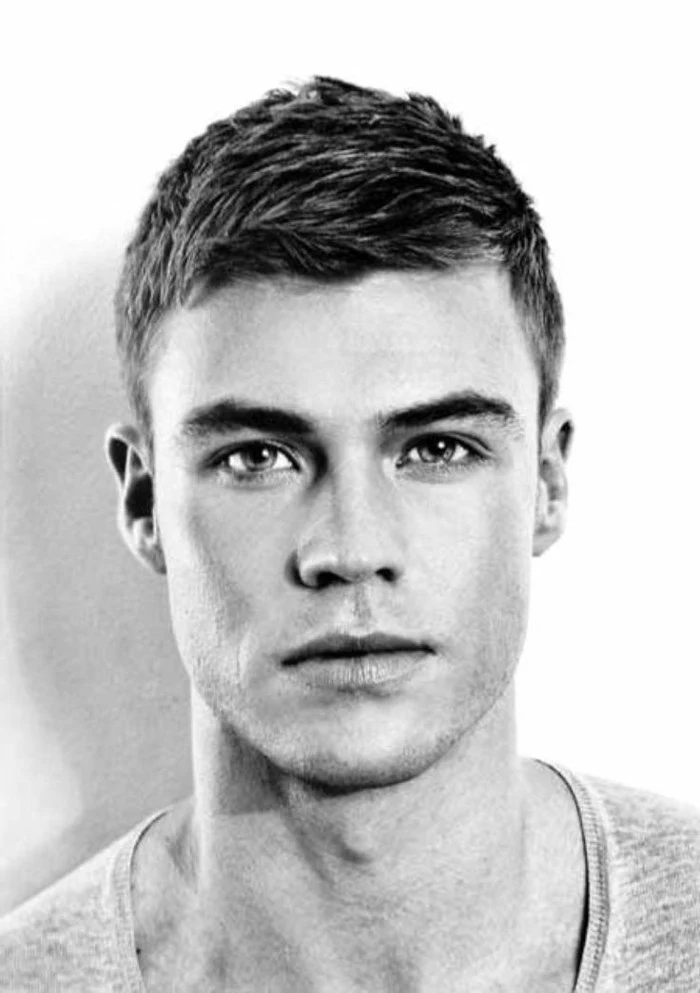
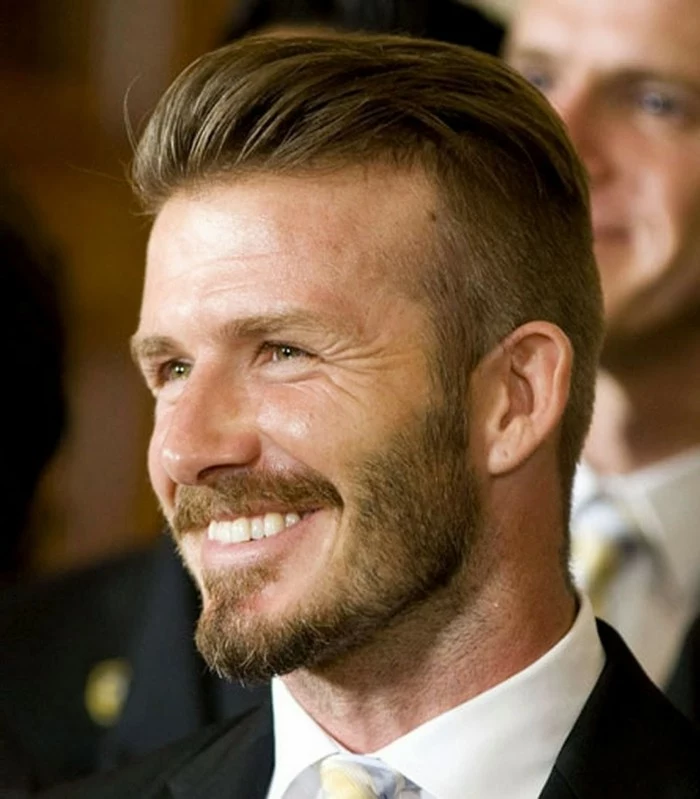
- Bring photos of what you DON’T want. It’s often easier to articulate what you dislike.
- Use keywords like ‘texture,’ ‘volume,’ ‘matte finish,’ or ‘sharp lines.’
- Talk about your daily routine. How much time are you willing to spend?
- Wash your hair the day of the appointment, but don’t load it with product.
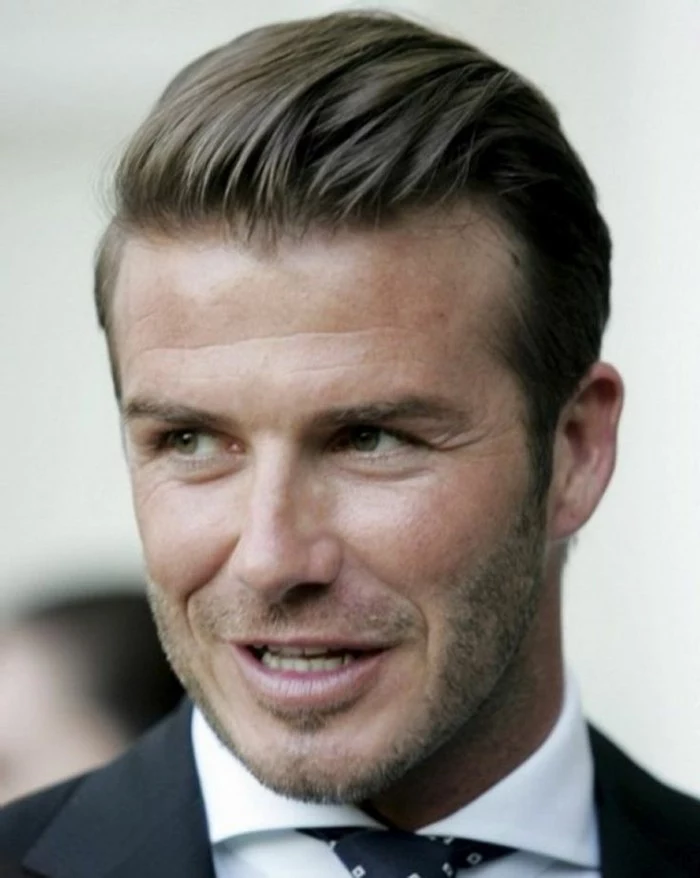
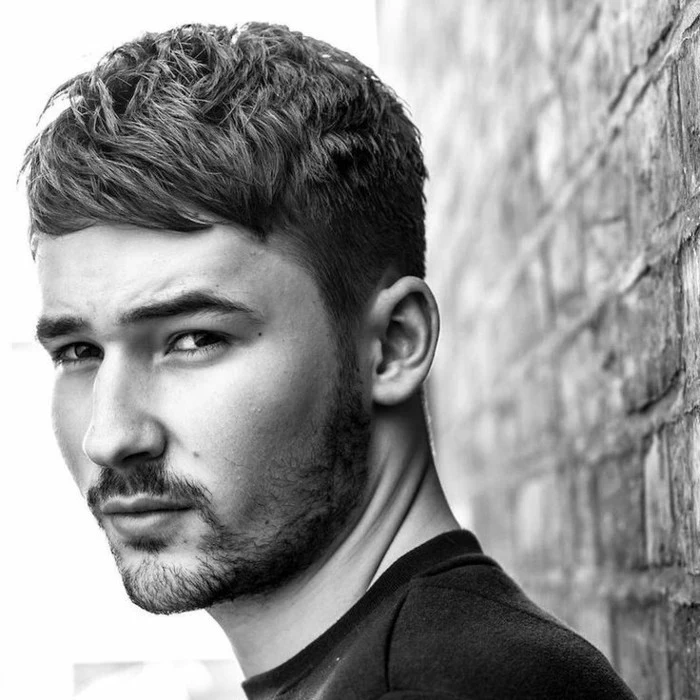
What’s the difference between a barber and a stylist?
Think of it this way: Barbers are specialists in short, traditional men’s haircuts. They are masters of clippers, fades, and straight-razor shaves. Stylists, often trained in cosmetology, generally have more experience with longer hair and more complex scissor work or chemical services like color. For a sharp fade or a classic side part, a barber is your best bet.

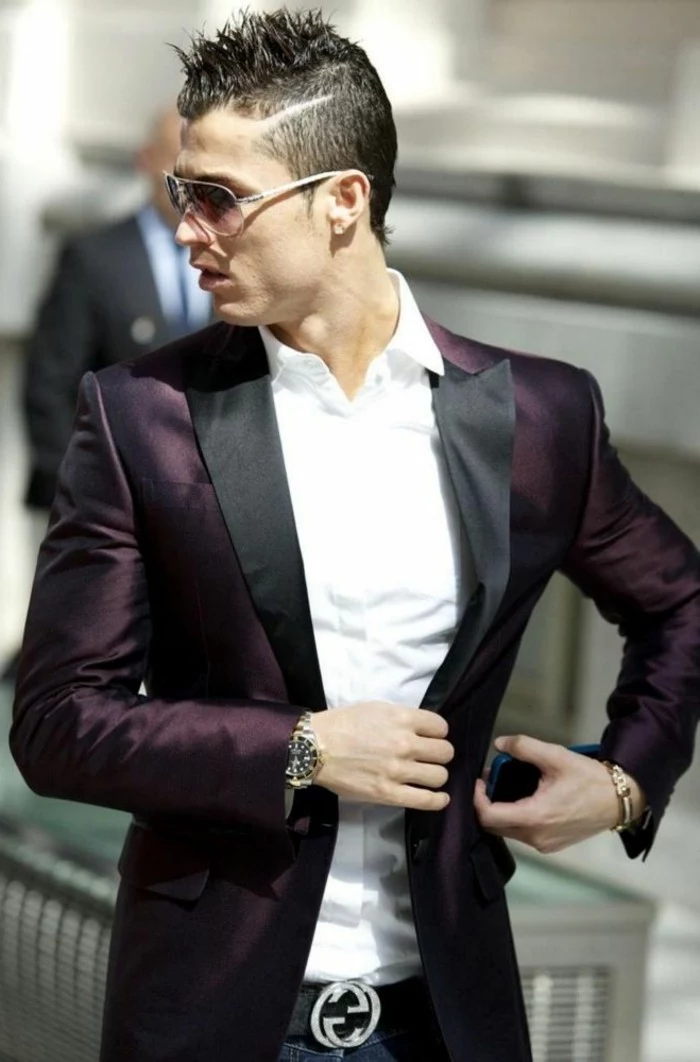
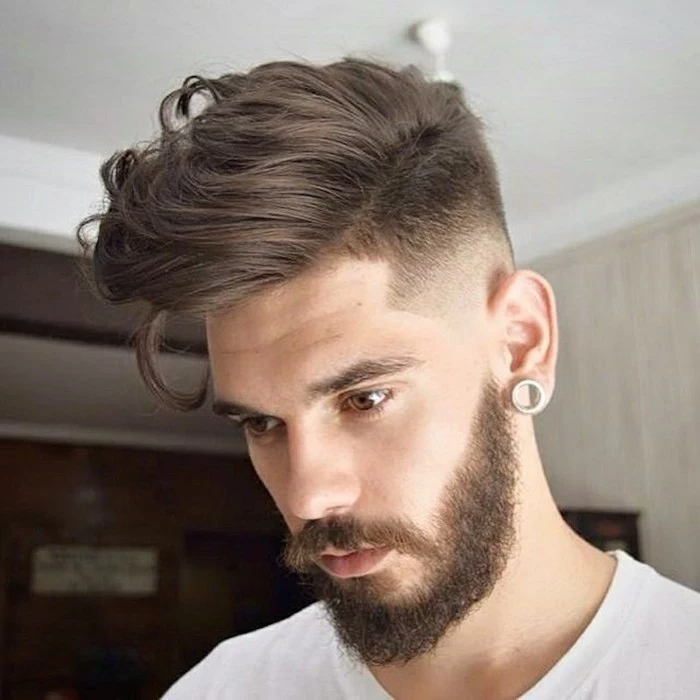
According to a 2022 study, over 60% of men reported feeling more confident and attractive immediately after getting a haircut. It’s more than just grooming; it’s a powerful psychological boost.

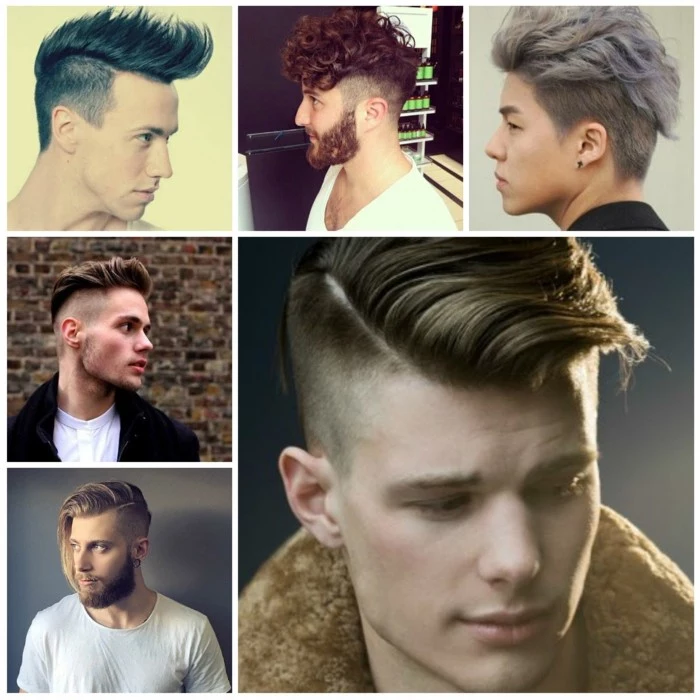
The style you see in the mirror isn’t just about the cut—it’s about the finish. After your barber is done, pay close attention to how they blow-dry and style your hair. Do they use a vent brush to create volume at the root? Do they apply product from back to front? These small professional techniques are the ones you can replicate at home to keep your cut looking fresh.
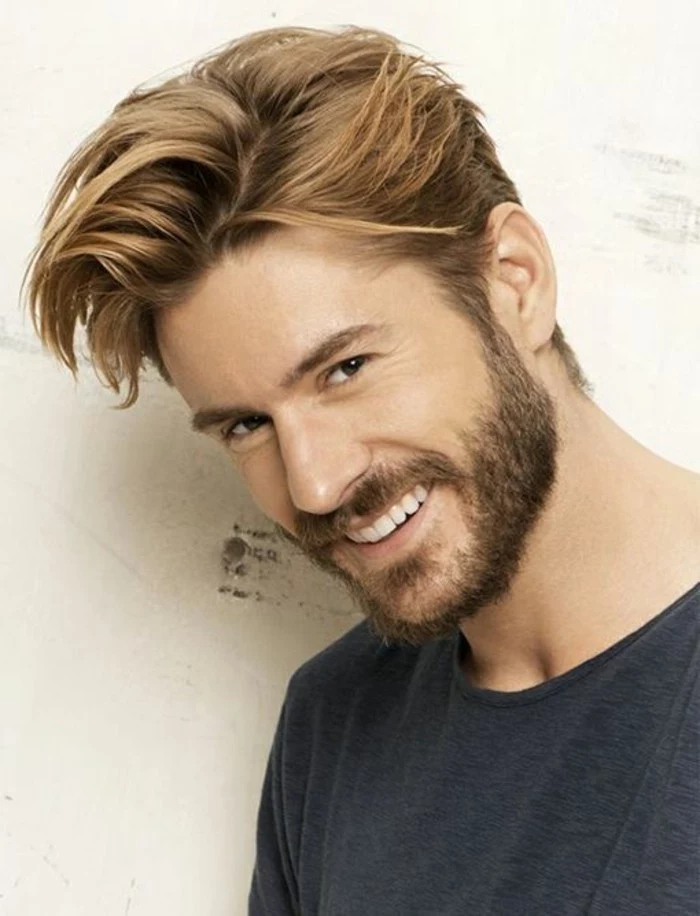

Important point: Let your haircut settle for 48 hours. Freshly cut hair, especially after being washed and handled, can behave a little erratically. Give it a day or two to fall into its new shape before you make a final judgment or try any complex styling. It needs time to ‘learn’ its new pattern.
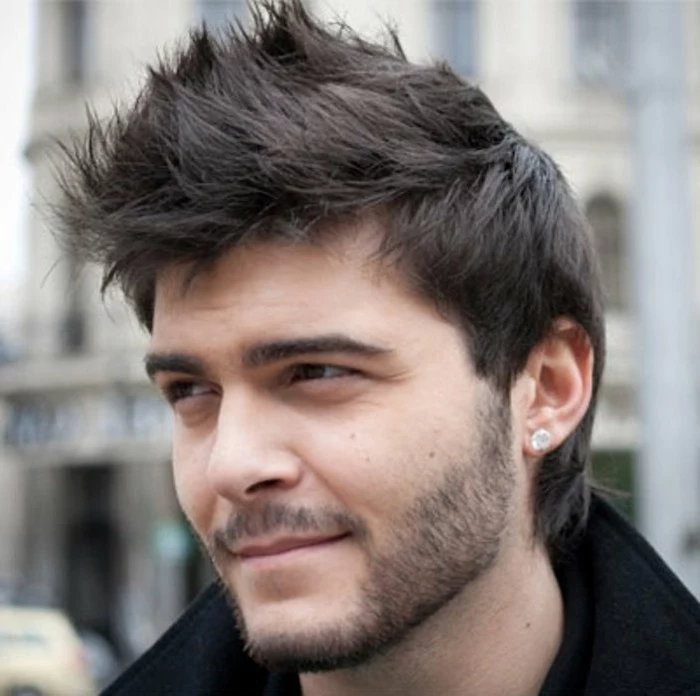
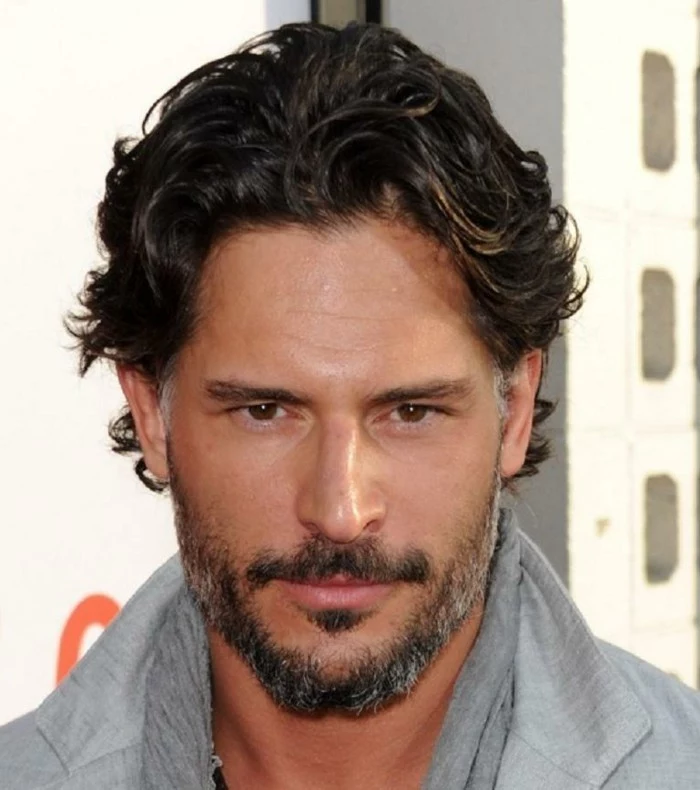

Don’t let your beard become an afterthought. The lines of your haircut should flow into your facial hair. A sharp, high fade might look best with a meticulously lined-up beard, while a softer, more textured haircut can pair perfectly with a fuller, more natural beard. Discuss the transition point—the sideburns—with your barber to ensure a seamless look.
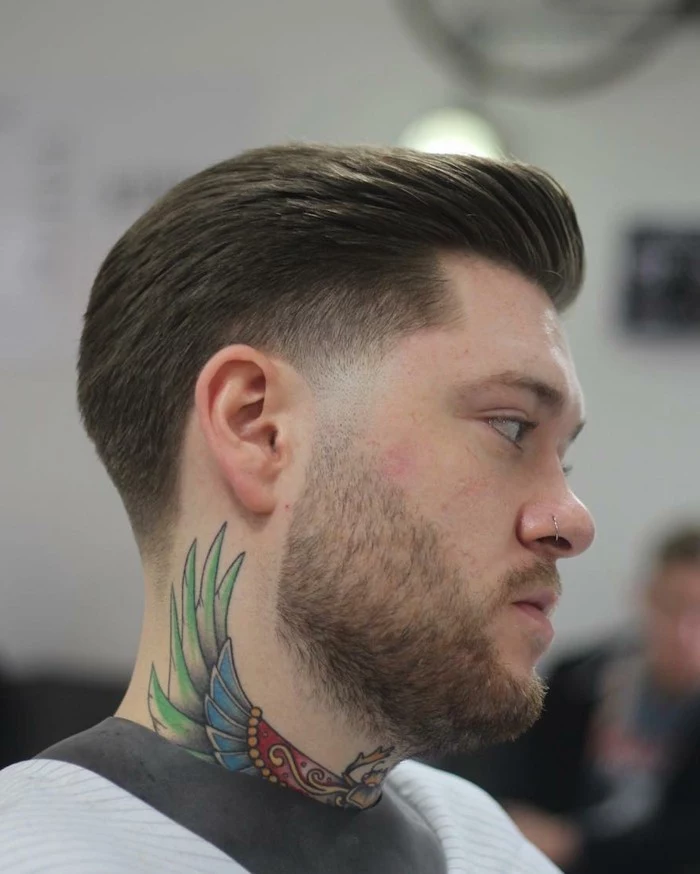

Barber Shop vs. Chain Salon: A $15 cut at a walk-in chain is fast. A $50 cut with a dedicated barber is an experience. The extra cost often covers a longer consultation, more precise techniques like scissor-over-comb, a hot towel treatment, and a straight-razor neck shave. You’re not just paying for a haircut; you’re paying for expertise and a tailored service.

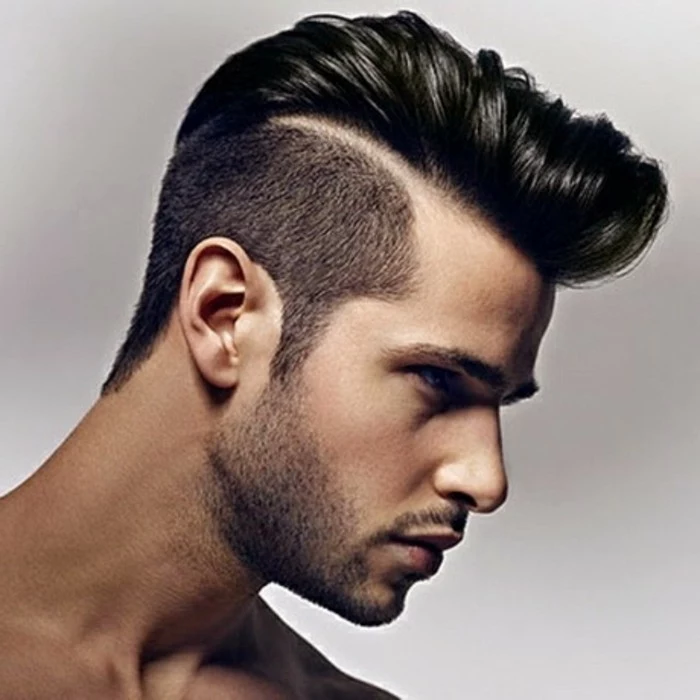
A quiff, a pompadour, a faux hawk—they all require one key element: volume. The secret weapon is your blow dryer. Using it on medium heat, direct the airflow upwards from the roots while guiding your hair with your fingers or a brush. This ‘sets’ the height before you even touch a product like American Crew’s Fiber, making your style last hours longer.

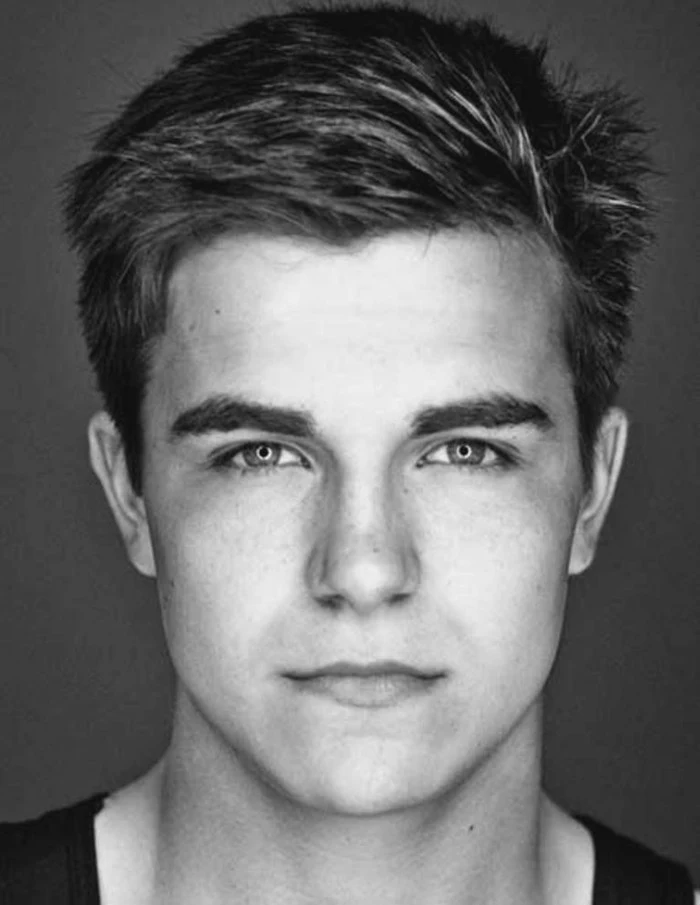
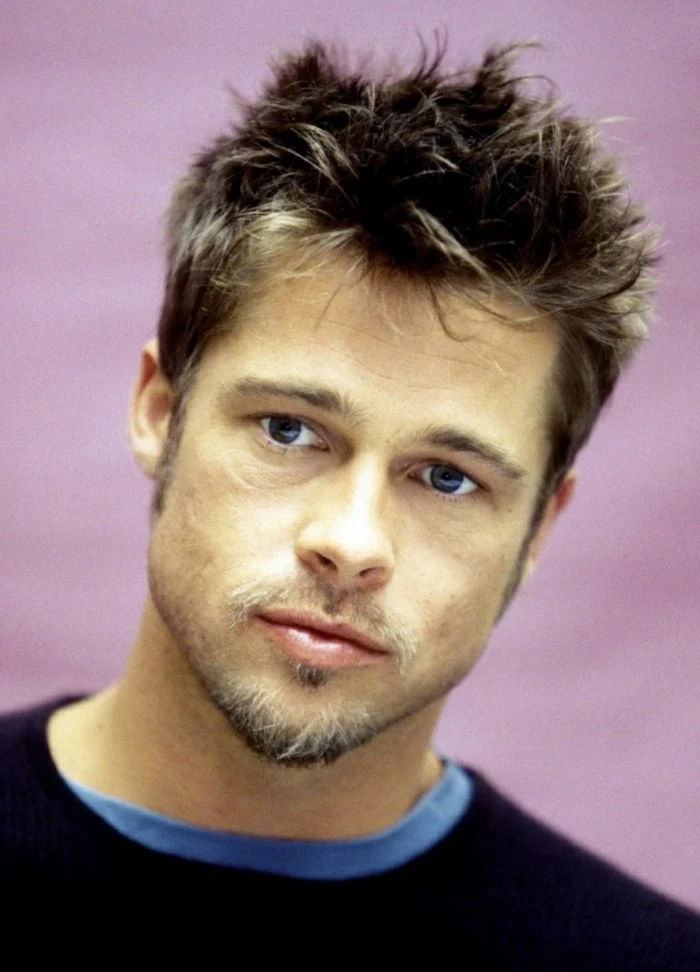
- The cut doesn’t look good a week later. A great cut is designed to grow out well.
- They don’t ask you any questions and just start cutting.
- You leave with product clumps or an uneven finish.
If you experience these, it might be time to find a new professional. Your hair is worth it.

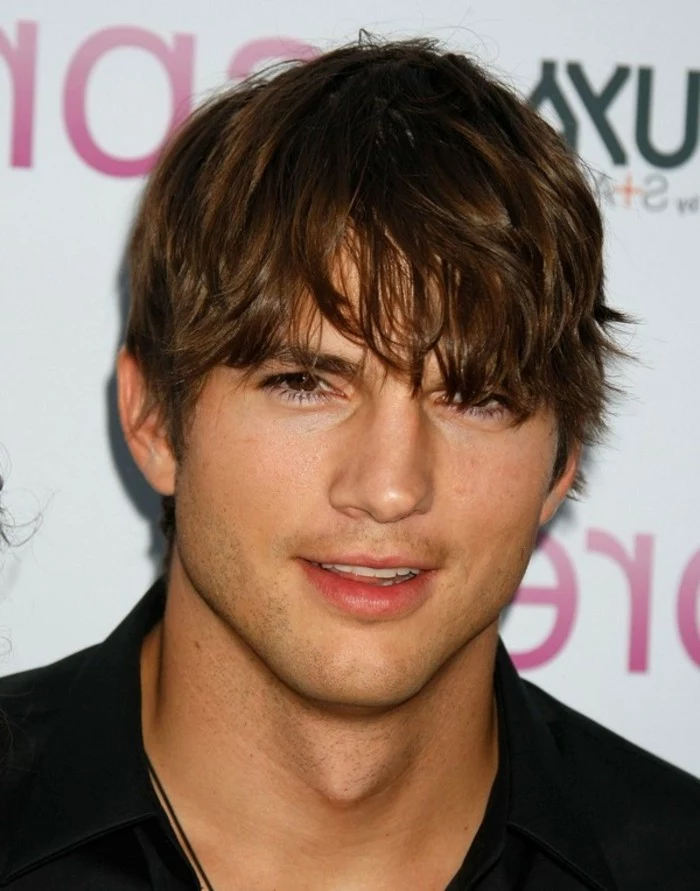
A healthy scalp is the foundation of healthy hair. Yet, many men overlook it.
Product buildup, oil, and dead skin can clog follicles and inhibit growth. Once a week, consider using a scalp scrub or a clarifying shampoo to reset the canvas. It’s like exfoliating for your head, promoting better circulation and a cleaner environment for hair to grow.
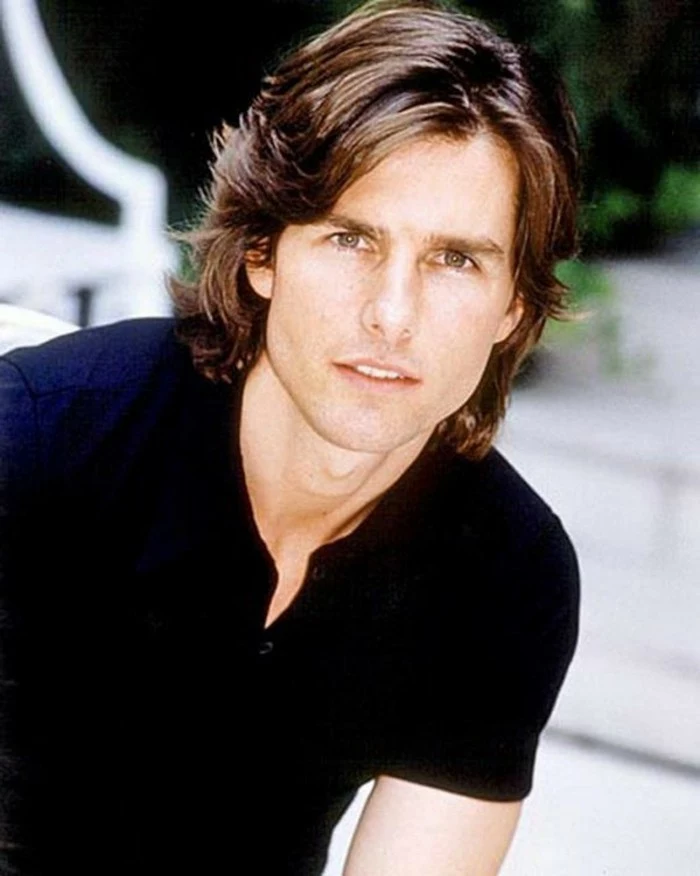
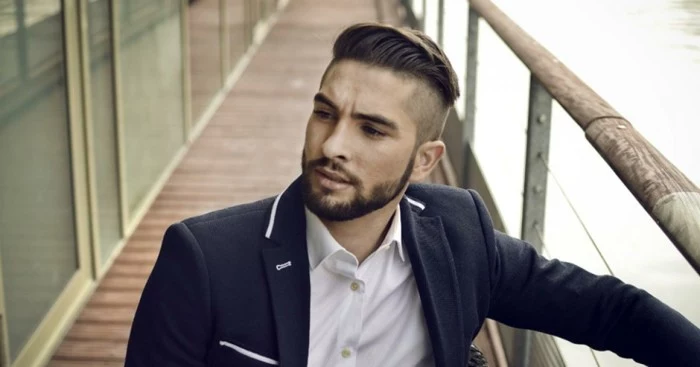
How do I ask for a ‘fade’?
Be specific! ‘Fade’ is a general term. Do you want a ‘low fade’ that starts near the ears, a ‘high fade’ that goes up towards the temple, or a ‘skin fade’ that goes right down to the skin? Even better, show a picture and point to exactly where you want the fade to begin and how drastic you want the transition to be. The more information, the better.
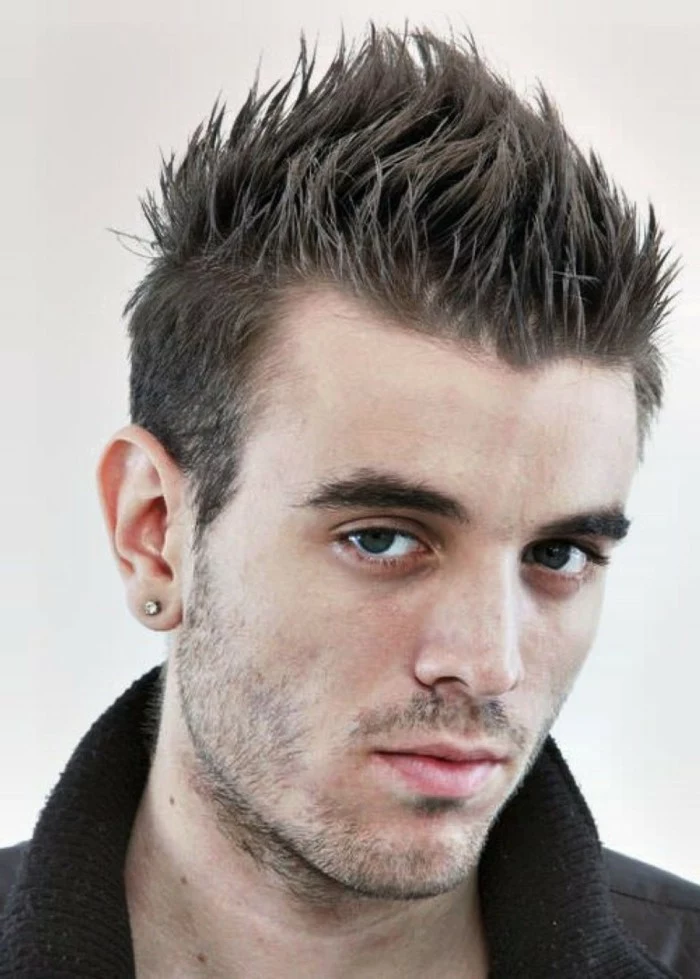


The ‘lived-in’ look is a major trend, moving away from overly perfect, high-shine styles. To achieve this, ask your barber for ‘texture’ or ‘point cutting’ on top. This technique removes bulk and creates separation, allowing your hair to have movement and look effortlessly styled. It’s the perfect cut for guys who want to look great without looking like they tried too hard.
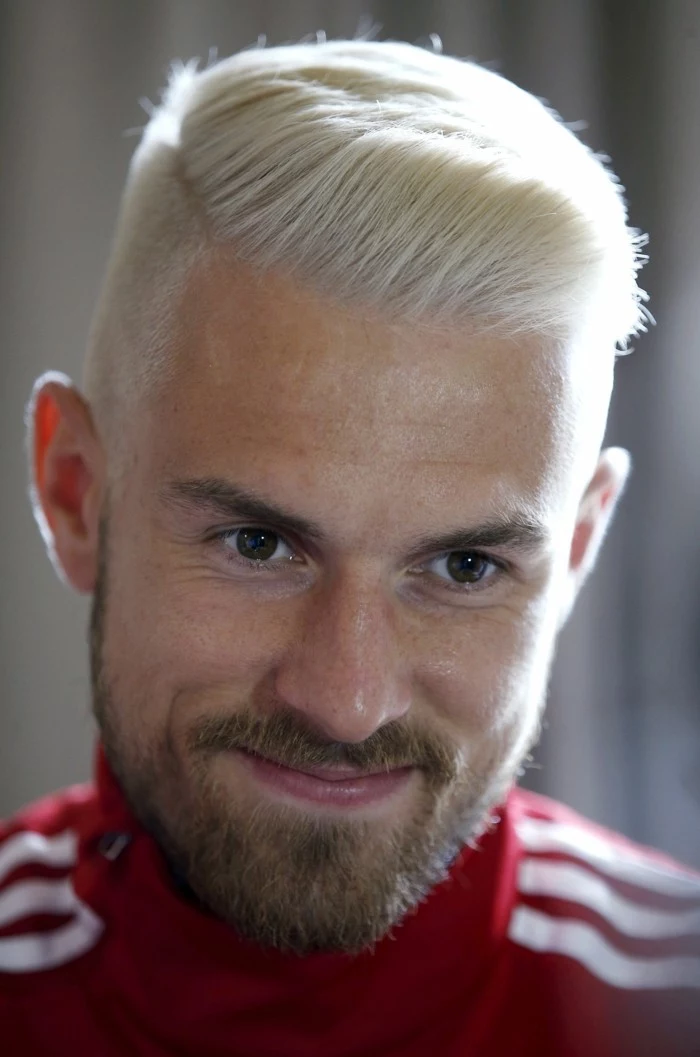
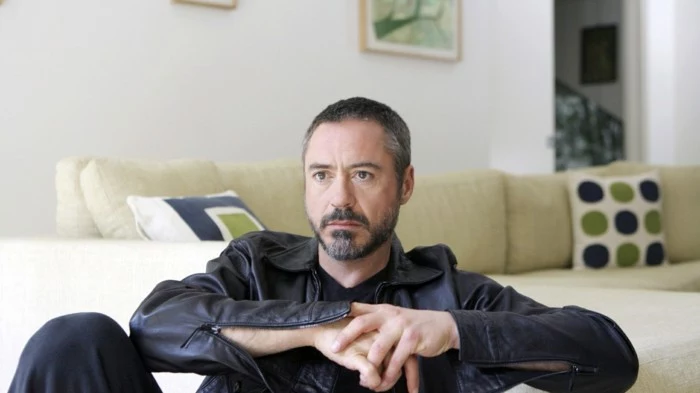
Think about your hair type:
- Fine Hair: Benefits from shorter, textured styles like a crop top or a classic crew cut to create the illusion of thickness. Avoid heavy products that will weigh it down.
- Thick Hair: Can handle more length and volume, making it perfect for pompadours or quiffs. Your barber may need to use thinning shears to remove some weight for better manageability.

Have you considered adding a hard part? This is a thin line shaved directly into your hair with trimmers or a straight razor to define a side part. It adds a sharp, deliberate, and retro-modern edge to styles like a pompadour or a classic side-part combover. It’s a small detail that makes a huge statement, but be aware it requires maintenance to keep the line clean.










